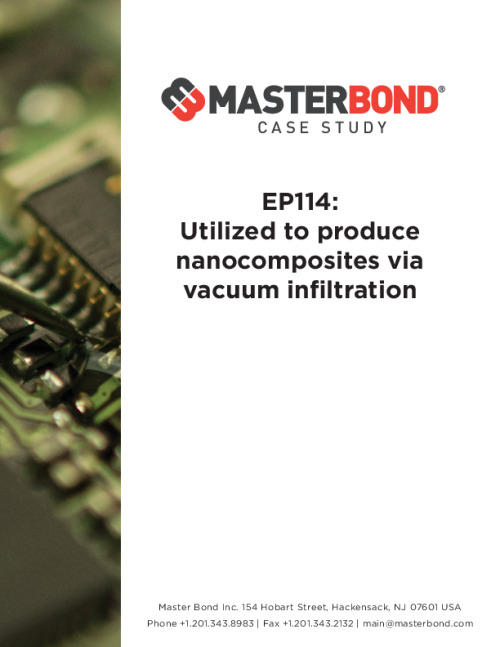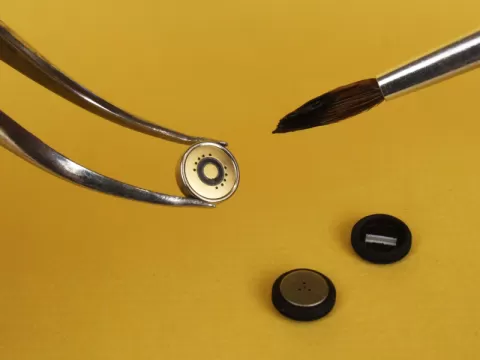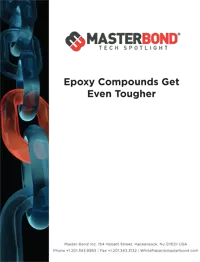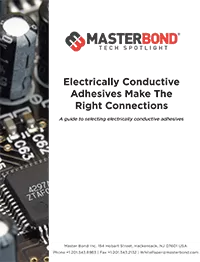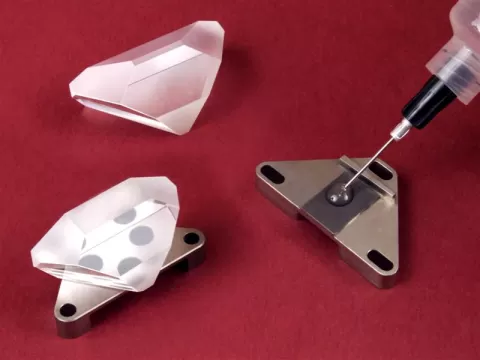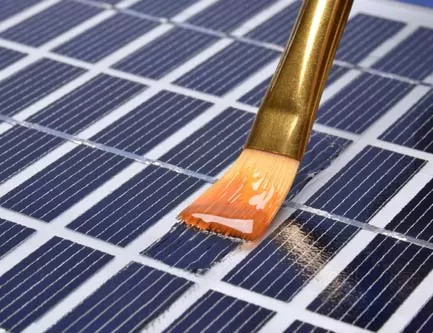Adhering to Painted Metals
Most adhesives should be able to bond to a painted surface. However, if longevity is of concern, the removal of the paint is often recommended, since the bond strength to the bare metal of an epoxy adhesive for example, could be as much as 2-3 times the bond strength achieved on a painted metal surface. Please see table below:
Cured Tensile Shear Strength of Uncleaned Substrates Bonded with Epoxy-Urethane Hybrid System1
| Substrate | Substrate thickness, mils | Tensile shear strength, psi |
|---|---|---|
| Oily steel | 58 | 3400 |
| Galvanized steel | 75 | 4770 |
| Polyester painted steel | 18 | 1440 |
| Painted steel/galvanized steel | 18/75 | 1760 |
| Electrogalvanized steel | 28 | 1930 |
| Organic coated steel | 33 | 2160 |
| Sheet molding compound (polyester/glass) | 100 | 660* |
| Aluminum | 65 | 3340 |
*Failure of the substrate.
Hence, especially in an environment, wherein there are thermal, mechanical and/or chemical stresses, adhesive formulators typically recommend removing any paint/coating on metals. If the paint is not removed, the adhesive is essentially adhering to the paint layer and not the bulk substrate, thereby leading to an inferior bond relatively. Therefore, for optimum bond strength to painted metal surfaces, it is best to remove the paint completely, followed by thorough cleaning and roughening/chemical etching. These steps help improve the bond strength significantly, and provide a stable joint. 1Petrie, Edward M. Epoxy Adhesive Formulations. McGraw Hill Chemical Engineering, 2006, page 133. Table 7.9 referenced from Guthrie, and Lin, “One Part Modified Epoxies for Unprimed Metal, Plastics,” pp. 23–35.

